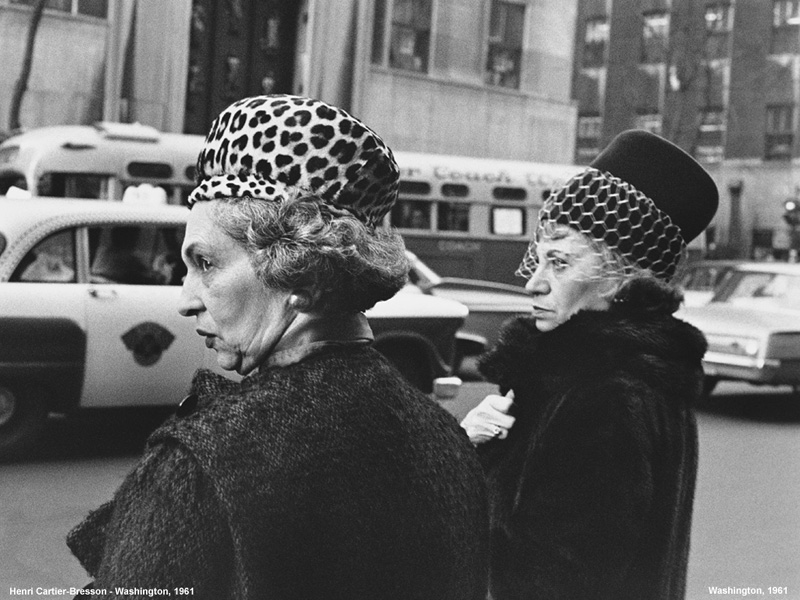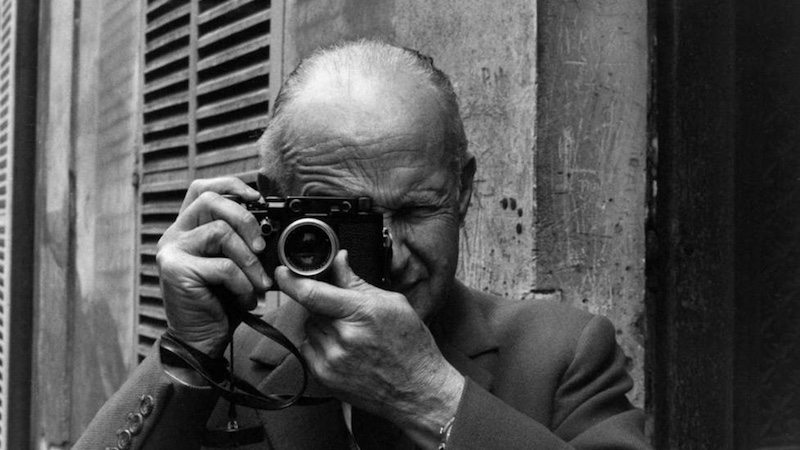
Henri Cartier-Bresson (1908-2004) was a french photographer who was considered a master of candid photography. He was also a huge influencer of street photography, helping to make it a recognized form of photography. He photographically reported places through sensitive times, such as the soviet union after Stalin had died.
After World War 2, in which Cartier-Bresson spent most of his time as a prisoner of war- he founded the Magnum photo agency along with other people such as Robert Capa. The Magnum photo agency is a community that allowed photo journalists, who were interested in events happening around the world, to reach big audiences through magazines.
“Magnum is a community of thought, a shared human quality, a curiosity about what is going on in the world, a respect for what is going on and a desire to transcribe it visually”
– Henri Cartier-Bresson
The Magnum agency is committed to being authentic in its truthful,storytelling images. Magnum is responsible for documenting most of the world’s most important events like political affairs and disasters and conflict since the 1930s. All the photographers Magnum represent have a shared interest in photographing people,places,cultures and possible powerful and historical events.
Henri Cartier-Bresson mood board

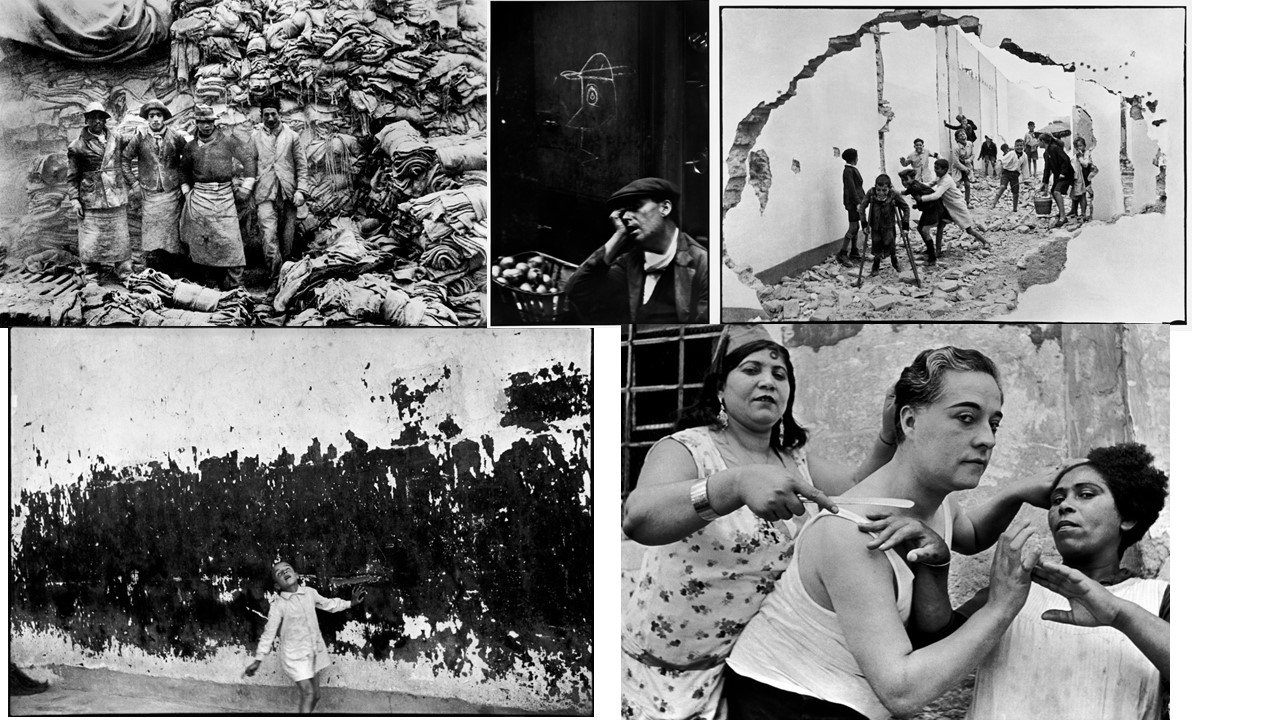
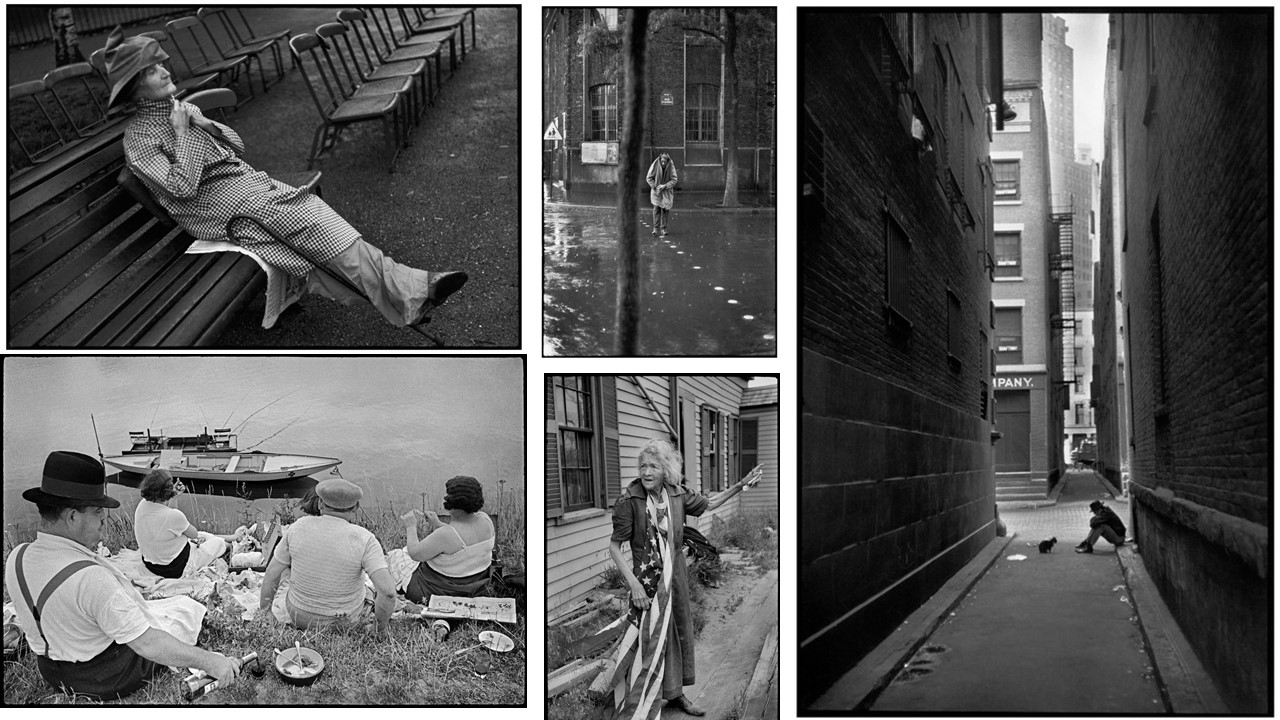
Analysing
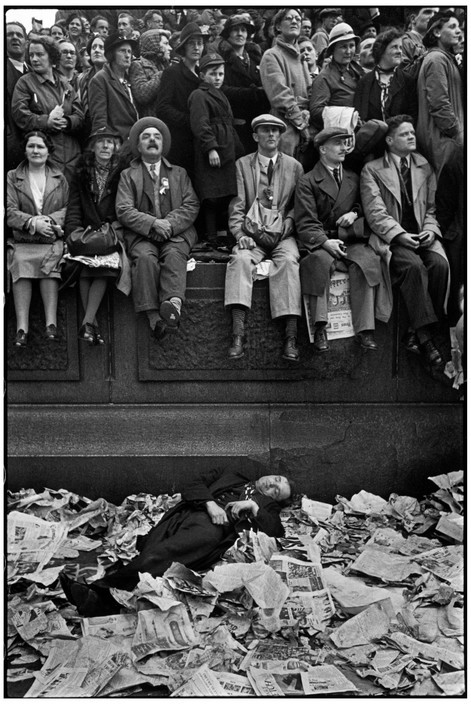
Context
This image was taken in London on Trafalgar square on May 12th 1937. Cartier-Bresson said that some people had waited all night, and some people even slept on benches in order not to miss the coronation of George VI.
Visual
Visually, I think the way Cartier-Bresson has chosen to frame this image is very interesting. I like the way the photo has almost been sectioned into layers with people standing on the top third, a line of people sitting on the second third, and finally someone lying down on the bottom third. I think this was a very interesting way to frame the image as it makes it really pleasing to look at, as it looks very organised. I also think there is a very interesting contrast with the person lying down on the newspaper, as the person is dressed darkly, and the newspaper appears really white on the photo. This is interesting because it means that the person stands out really vividly on the photograph.
Technical
On the technical side, the image is very successful also. The image seems to be taken during day as the sky appears white. The image is also not over or underexposed, meaning that the quality of the image is good and it is very sharp so that everyone in the image can be seen clearly.
Conceptual analysis
I think that there could be an underlying meaning of community and also the importance of politics and history. I think this because the image shows a lot of people all gathered closely together, which gives the sense of community. Cartier-Bresson also mentions how people had slept there all night so they wouldn’t miss the ceremony, I think this image shows that politics is important as people were very dedicated to seeing George VI being coronated as it was a once in a lifetime opportunity and would be an important part of their counties history. Because of this, the image also gives a strong sense of patriotism.
Comparison to Bruce Gilden
Bruce Gilden who was born in 1946, is an American street photographer who is known for his very close up portraits of people using a flash gun. He purchased his first camera after seeing Michelangelo’s film “Blowup” in 1968, and he later began taking photography night classes.
Gilden mood board

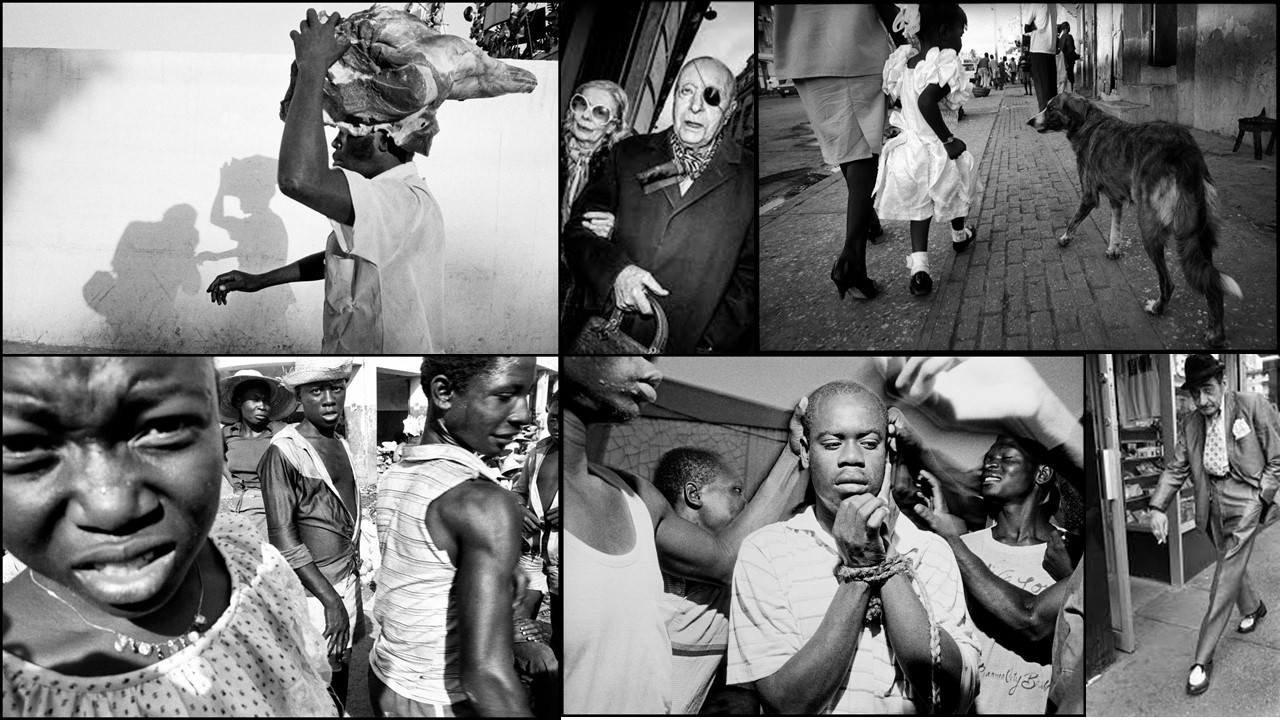
Similarities to Cartier-Bresson
Like Cartier-Bresson, Gilden is also represented by Magnum Photos, and has been since 1998. He also photographed interesting things and people around the world like homeless people, Yakuza mobsters in Japan, prostitutes and voodoo rituals in Haiti. They both also had black and white photo outcomes.
Differences to Cartier-Bresson
Unlike Cartier-Bresson, Gildren takes a more notifiable approach to his street photography. Instead of taking candid images of people passing by, Gilden is known for getting very up close into people’s personal space and using a flash gun in their faces. Their intentions were also quite different. Although they both had a very keen interest in different people and capturing interesting things on the street, they each took an individual approach.
Outcomes
As they both took their own approaches, their outcomes are very mostly very different.

As you can see Gilden’s approach leads to portraits with different expressions, mostly of people looking quite shocked and surprised. Whereas Cartier-Bresson’s approach leads to more natural, candid images, where people aren’t looking at the camera therefore not realizing that images of them are being taken like the one pictured below:
